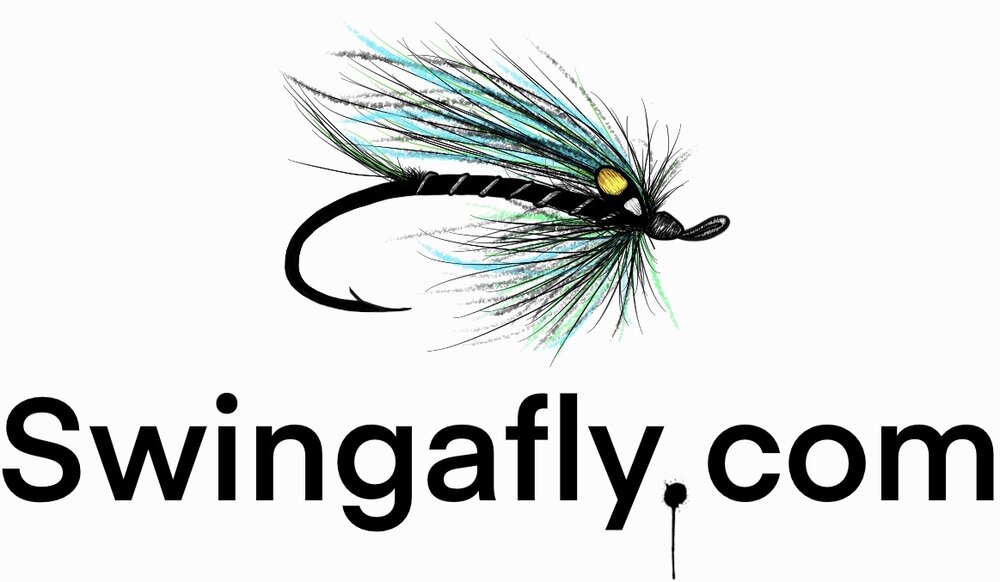So for part two of flies for the Kenai River let’s talk Kings. The King of the river does nothing short of living up to it’s name. They are tough bastards and will most definitely test your patience and skill level.
King Salmon
Ahhh Kings. I love them but hate them at the same time. Getting one on the swing either on the Kenai or Kasilof is nothing short of epic. Ten pounders, sixty pounders, they all rock. Assuming you aren’t flipping for them, lets talk flies and set-ups.
First off, a switch rod or spey rod is almost a must for the Kenai or Kasilof as you will want to cove as much water as possible. That extra distance with the two handed rods can make or break your success. Accompanied with a lengthy section of T-14, which will vary depending on time of year and flows, you are ready to get started. Onto the flies…
Maybe its because I first started swinging flies in Michigan rivers that I’ve grown partial to weighted flies. First and foremost I want my fly to get down. Even if that means sacrificing a elegantly placed cast. My cast won’t be pretty but I know my fly is where it needs to be, down and in the zone. All while casting down and across. Hitting bottom every once in awhile makes me feel like i’m right where I need to be. Now, when we go out swinging for Kings, I don't even stop to take a piss. Its cast, cast, cast, step, repeat. Non stop. I’m sure guys can relate. If you want it bad enough you know you need that fly in the water. I got soooo tired of chucking heavily weighted flies. To the point of 6 hours of non stop casting I was losing more and more distance on my cast as time went on. Your casting will go from ugly to frustrating real quick doing that all day. So, I started to switch things up. Shorter leader off of my sink tip, and an unweighted fly. Many advantages to this. First off, the ability to cast all day at greater distances and less effort. Second, my flies now have more wiggle and fish appeal without the lead eyes. Lastly, I can compensate less weight by a straight across cast, giving my fly and tip a little more time to get down where it needs to be.
So weighted, unweighted, what type of flies are we talking? If you are fishing the turquoise waters of the Kasilof of Kenai, I wouldn’t leave home without a chartreuse fly. Chartreuse rules the color universe on these two particular rivers. You can definitely pair with a black, silver, or steelhead blue. Every one of my king flies have chartreuse in them. Get creative. Super flashy, not so flashy, silver and chartreuse, blue and chartreuse, try them all. I will mainly tie intruders with big broad shoulders on them to create a large profile. 50mm shanks up to 75mm shanks. Think length with a broad profile and plenty of flash fo dat ass. Marabou, ostrich, synthetics, pick your poison, as long as it has a good profile in the water. Leeches and dirty ho’s work well too but are heavy to cast. It’s hard to beat the action of a big bunny strip in the water but i’ll sacrifice that action for ease of casting. Not to mention a well built intruder will kick off some good swim action in the water too.
So there you have it, a little insight into fly selection for Kings on the Kenai and Kasilof rivers. Just remember, a large and broad profile in the water with some flash and good kicking action will get it done. Think chartreuse. That combined with some serious patience and you’re all set to get after ‘em. Good luck, you will need it with these fish.

